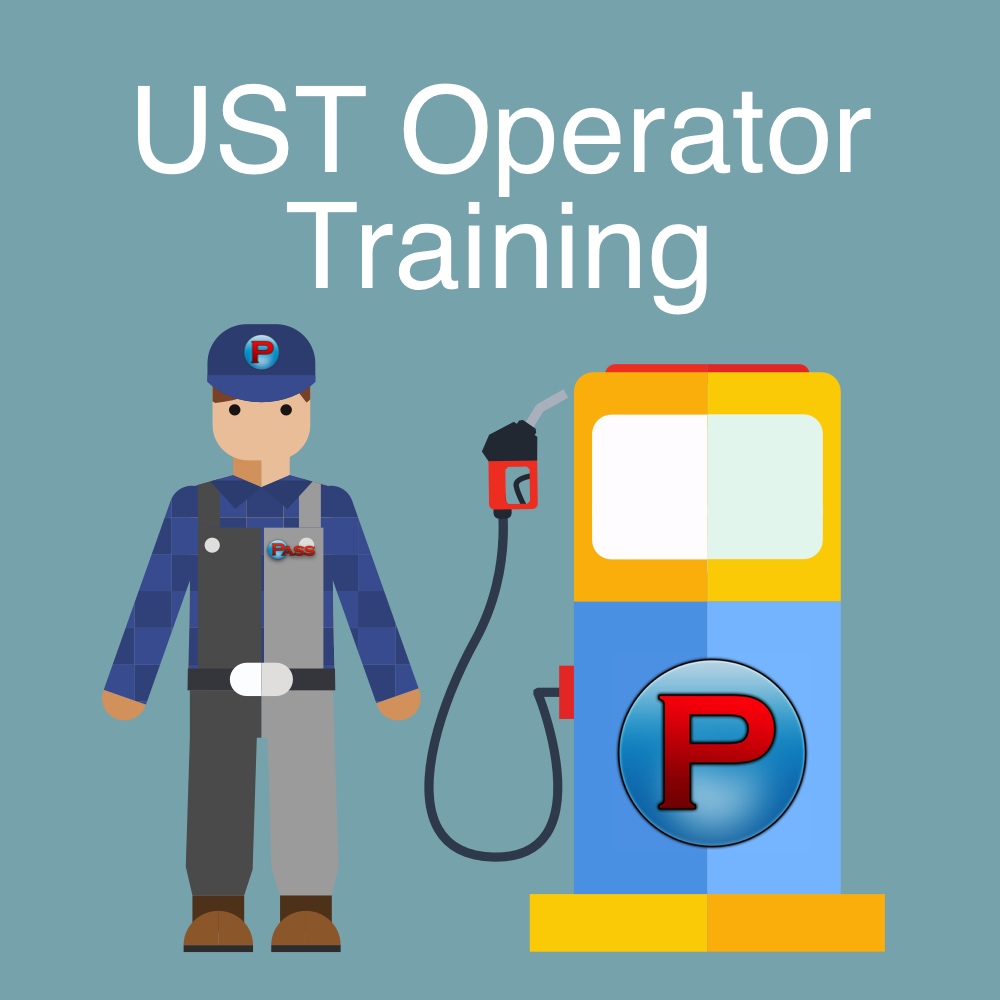Idaho UST Operator Training

UST Operator Certification Procedures
Class A/B Operator Training
The state of Idaho provides UST Class A/B operator training through Tank Helper. According to the Idaho Department of Environmental Quality (DEQ), Idaho A/B operator training consists of the following steps.
- A DEQ inspector visits the facility and identifies and explains each component of the UST system to the operator.
- The operator receives a site-specific management and recordkeeping binder covering only the equipment used at that facility.
- The operator takes the Tank Helper quiz. Upon passing the quiz, the operator receives his or her certification and is registered with the DEQ as a trained operator.
Class C Operator Training
In Idaho, Class A/B operators are responsible for training C operators. This should be done on-site by an A/B operator. They may use our training course and orientation checklist to guide them through Class C operator training.
Registration & Fees
Owners/operators of all USTs must register their USTs with the DEQ within 30 days of bringing that UST into use by submitting a completed Notification for Underground Storage Tanks form. Whenever any changes are made to the UST system, including change of ownership or change in product stored, a new notification form must be submitted.
Release Reporting
Owners/operators must report any suspected or confirmed releases by calling 911 to activate Idaho's Emergency Response Network. More information can be found in the DEQ's Emergency Response Overview. Owners/operators should use the DEQ's UST System Release Reporting form to document the release.
Release Detection
UST owners/operators in Idaho may use any of the following methods of release detection:
- Manual tank gauging;
- Automatic tank gauging (ATG);
- Vapor monitoring;
- Interstitial monitoring; or
- Statistical Inventory Reconciliation (SIR).
Financial Responsibility
Idaho follows the federal financial responsibility coverage amounts found in 40 CFR §280.93 (scroll to page 77 of 119 in the pdf document). Owners/operators may use any of the following mechanisms to demonstrate financial responsibility.
- Financial test of self-insurance
- Guarantee
- Insurance and risk retention group coverage
- Surety bond
- Letter of credit
- Trust fund
- Stand-by trust fund
Owners/operators may also choose to use the Idaho Petroleum Storage Tank Fund as a financial responsibility mechanism.
Inspection & Testing Requirements
An inspector from the Idaho Department of Environmental Quality (DEQ) will inspect each UST facility at least once every three years. The inspector will want to see all paperwork regarding:
- Operator training;
- Notification;
- Corrosion protection;
- Overfill prevention;
- Spill prevention;
- Tank and piping release detection;
- Financial responsibility
- Reporting of suspected releases;
- Tank and/or piping repairs;
- Secondary containment (where required); and
- Temporary closure.
Delivery Prohibition/Non-Compliance Enforcement
If a DEQ inspector determines that a UST or UST system is out of compliance with UST regulations, he or she may initiate non-compliance enforcement procedures. The owner/operator will be notified in writing prior to prohibiting deliveries and will have the opportunity to appeal. If the owner/operator has not initiated corrective action within 30 days of the issuance of the written warning, the DEQ will notify the owner/operator that the UST is ineligible for delivery, deposit, or acceptance of product. A tamper-proof red tag will be affixed to each ineligible fuel tank's fill pipe. In addition, the UST will be added to the DEQ's online list of ineligible fuel tanks.
5 Products

Idaho UST Class C Operator Training
UST Operator Training UST Class C Operator Training Idaho

Marina Add-On Training - Class A/B
Add-On UST Operator Training UST Class A/B Operator Training National
/ 19 Reviews

Marina Add-On Training - Class C
Add-On UST Operator Training UST Class C Operator Training National
/ 29 Reviews

Non-Retail Facility Add-On Training - Class A/B
Add-On UST Operator Training UST Class A/B Operator Training National
/ 19 Reviews

Non-Retail Facility Add-On Training - Class C
Add-On UST Operator Training UST Class C Operator Training National
/ 22 Reviews